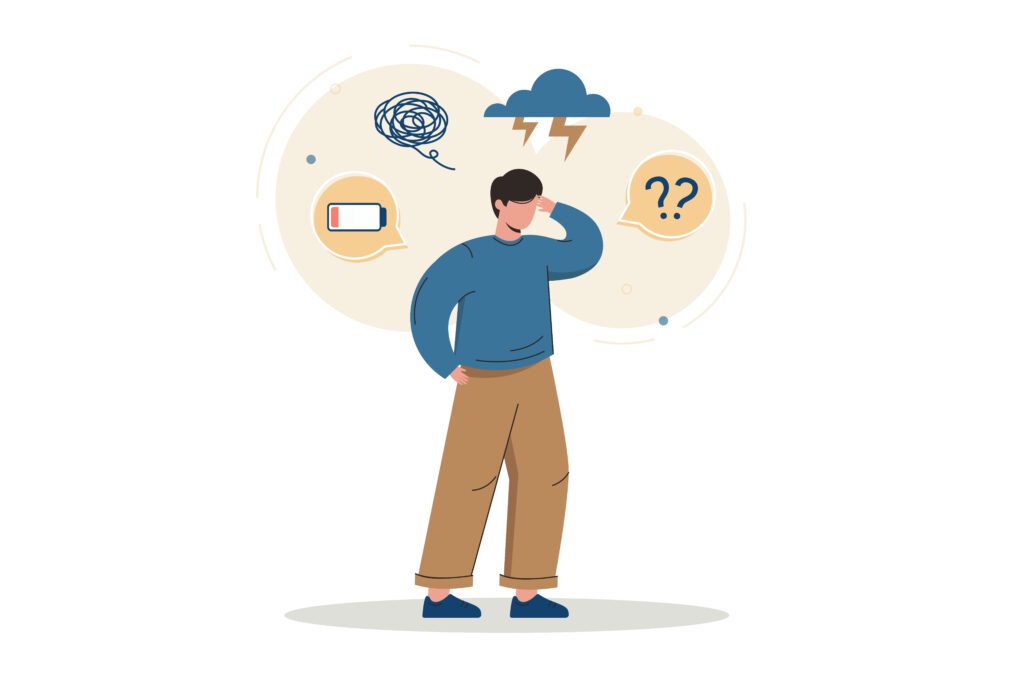Challenging gender stereotypes in media is not only a matter of social responsibility but also a powerful catalyst for positive change. From the earliest days of television to the current era of streaming platforms, media has played a powerful role in shaping our perceptions of gender. However, it’s no secret that many of these portrayals have been marred by harmful stereotypes, perpetuating narrow and often damaging expectations for how men and women should behave.

In this article, we’ll explore the prevalence of gender stereotypes in media and the importance of breaking these shackles to foster a more inclusive and equitable society.
The Historical Landscape:
Throughout history, media representations of gender have been heavily influenced by societal norms and cultural biases. Traditional gender roles have often been reinforced, with men depicted as strong, dominant, and assertive, while women are portrayed as nurturing, passive, and dependent. These archetypes have been perpetuated across various forms of media, including movies, television shows, advertisements, and even children’s cartoons.

The Impact of Gender Stereotypes in Media:

The consequences of these gender stereotypes in media are far-reaching and profound. They not only limit individual expression and potential but also contribute to gender inequality and discrimination.
When individuals are consistently exposed to narrow and rigid depictions of gender, it can shape their beliefs, attitudes, and behaviors, reinforcing harmful notions of what it means to be a man or a woman.
Let’s take an example, the portrayal of women primarily as caregivers and homemakers can undermine their aspirations for career advancement and restrict them from taking up leadership roles.

Similarly, the depiction of men as emotionally Stoic and invulnerable can discourage them from seeking help for mental health issues or expressing vulnerability in relationships.
These stereotypes create unrealistic standards that can lead to feelings of inadequacy, pressure to conform, and marginalization for those who don’t fit into these predefined categories.
The Harm of Gender Stereotypes:
Gender stereotypes have long been pervasive in media, perpetuating harmful myths and limiting the potential of individuals based on their gender identity. From the portrayal of women as passive and dependent to the expectation of men as stoic and dominant, these stereotypes not only reinforce inequality but also contribute to societal biases and discrimination. Moreover, they can have detrimental effects on individuals’ self-esteem, aspirations, and sense of belonging.


Challenging Gender Stereotypes:

Fortunately, there has been a growing awareness of the damaging effects of gender stereotypes in media, prompting calls for change and greater representation. Initiatives such as the #MeToo movement and campaigns for gender equality have brought increased scrutiny to media portrayals and sparked conversations about the need for more diverse and authentic representations of gender.
In recent years, we’ve seen a shift towards more nuanced and inclusive depictions of gender in media. Television shows and films feature complex and multidimensional characters who defy traditional gender norms.
Strong female protagonists are breaking free from outdated stereotypes, showcasing resilience, intelligence, and agency. Likewise, male characters are portrayed with greater emotional depth and vulnerability, challenging the notion that strength is synonymous with stoicism.
Moreover, there’s been a rise in media content that celebrates gender diversity and explores the experiences of transgender and non-binary individuals. This increased visibility not only validates the identities of those who have been historically marginalized but also fosters greater empathy and understanding among audiences.
The Role of Media Consumers:
As media consumers, we also have a role to play in challenging gender stereotypes and promoting more inclusive representations. By being mindful of the media we consume and critically evaluating its portrayal of gender, we can support content that aligns with our values and advocate for change where necessary.

Additionally, we can actively seek out diverse voices and perspectives, amplifying the voices of marginalized communities and demanding greater representation in media.
Breaking the Mold:
One of the most effective ways to challenge gender stereotypes in media is by breaking the mold and defying conventional norms. This can take various forms, including:
- Diverse Representation: Featuring characters of different genders, sexual orientations, ethnicities, and backgrounds allows for a more authentic and inclusive portrayal of society. By showcasing a range of experiences and perspectives, media can challenge stereotypes and promote empathy and understanding.
- Complex Characters: Gone are the days of one-dimensional portrayals of gender. Today, audiences crave complex and multifaceted characters who defy easy categorization. By portraying characters with depth, agency, and complexity, media can challenge stereotypes and offer more nuanced representations of gender identity.
- Empowering Narratives: Instead of perpetuating narratives of victimization or oppression, media can empower individuals of all genders by showcasing their resilience, strength, and capacity for change. Whether it’s through stories of triumph over adversity or narratives of self-discovery and empowerment, media can inspire audiences to challenge stereotypes and embrace their authentic selves.
- Intersectional Approach: Recognizing that gender intersects with other aspects of identity, such as race, class, sexuality, and disability, media must adopt an intersectional approach to representation. This means acknowledging the unique challenges faced by individuals at the intersections of multiple marginalized identities and ensuring their voices are heard and validated.
Key Takeaway

Gender stereotypes in media have long perpetuated harmful notions of masculinity and femininity, constraining individuals and reinforcing inequality. However, there is hope for change.
By challenging these gender stereotypes in media and advocating for more inclusive representations, we can create a media landscape reflecting the human experience’s diversity and complexity. Let’s break the mold and pave the way for a more equitable and empowering future together.
Also, read about the power of AI in different sectors.

